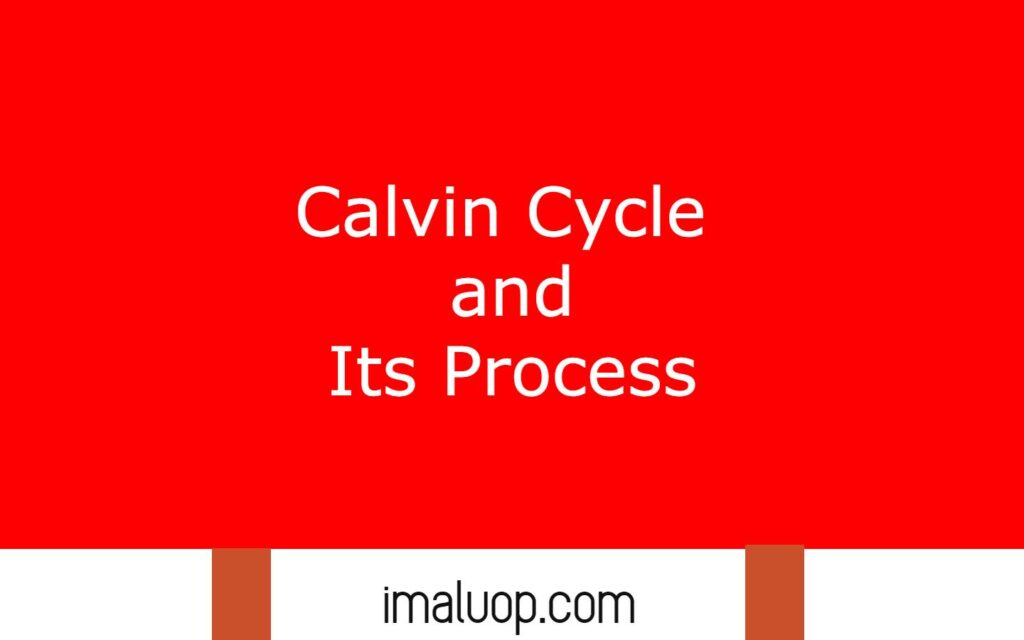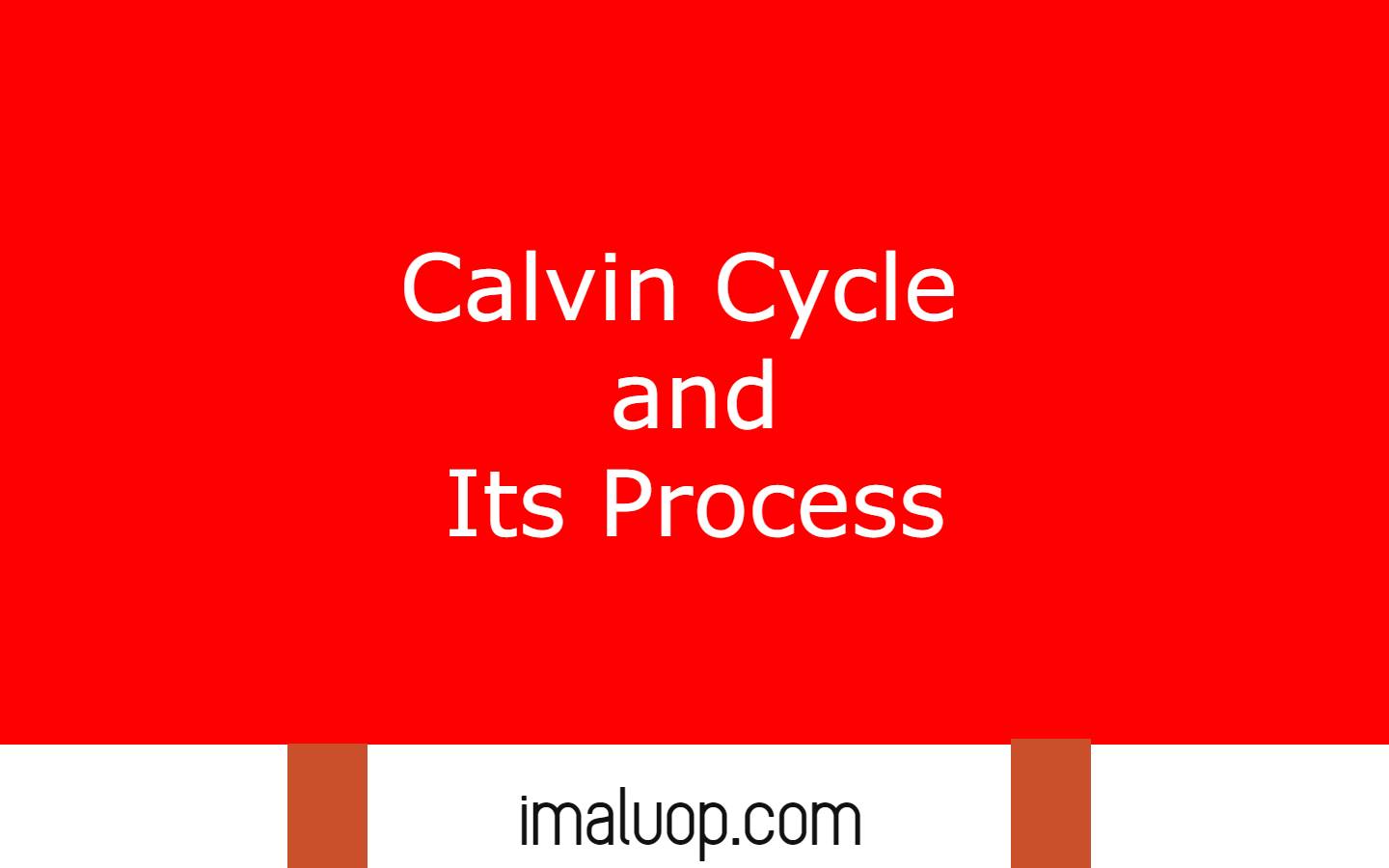Hi, now we are going to discuss the Calvin cycle and its process in which we will talk about the detailed mechanism of the Calvin cycle with the product of the Calvin cycle.
Table of Contents
What is Calvin Cycle:
In higher photosynthetic plants in the green part photosynthesis occurs within the help of carbon dioxide and water in the presence of sunlight and the green pigment chlorophyll helps to trap the energy of sunlight and utilities it to convert the carbon dioxide into organic foods.
In photosynthesis different biochemical reactions occur in two steps they are light reaction and dark reaction, light reaction occurs only in the presence of light but the dark reaction do not depend on light it can be occur in the presence or absence of light and this dark reaction is also known as Calvin cycle or C3 cycle and now we will focus only the second step of photosynthesis the Calvin cycle.
In the Calvin cycle the product of light reaction is used further to convert the carbon dioxide into organic foods glucose, the NADPH and ATP produced during light reaction is the main raw material for dark reaction in which NADPH is used for reducing agent while ATP is used for source of energy in dark reaction.
The dark reaction in which carbon dioxide is converted into carbohydrates is known as Calvin cycle and the name Calvin cycle came with the scientists who first described it and it is also known as C3 cycle because the first stable product of Calvin cycle is 3 carbon compound and the plant who perform assimilation of carbon by the C3 cycle are known as C3 plants.
Different Stages in Calvin Cycle:
First Stage: Carbon Fixation:
In carbon fixation an enzyme is participate, RuBisCO or ribulose bisphosphate carboxylase or oxygenase which is most abundant enzymes on the world and in leaf most of the enzyme is RuBisCO and this enzyme convert the carbon dioxide into 3 carbon compound phosphoglyceraldehyde (PGA) in the stroma of chloroplast.
Second Stage: Reduction:
In this stage 3-PGA is converted into glucose and the ATP produced in light reaction is used as energy source in this step and the NADPH produced during the process of light reaction is used as reducing agent for 3- PGA so reduction process store the energy comes from sunlight into the chemical energy in simple sugars glucose.
Final Step: Regeneration:
This step is responsible to continue the process of Calvin cycle because some glyceraldehyde 3- phosphate is converted into simple sugars glucose but some of them enter the cycle again to regenerate the RuBP acceptor and this is a energy consuming process but this step is required for maintaining the flow of Calvin cycle.
Product of Calvin Cycle:
In a complete cycle in Calvin cycle a single carbon dioxide molecule is used and in every three cycles of Calvin cycle produce a molecule of glyceraldehyde 3- phosphate and two molecules of glyceraldehyde 3- phosphate combine to form a single molecule of glucose.
The ATP and NADPH produced in light reaction is used in dark reaction to convert the 3- phosphoglyceraldehyde into glyceraldehyde 3- phosphate and regeneration of RuBP from glyceraldehyde 3- phosphate and total 3 molecules of ATP and 2 molecules of NADPH is used in the two process and we can say that a total 12 NADPH and 18 ATP is used for complete production of a glucose molecules.

Though the dark reaction do not depend on light and it can occur in present or absence of light but it is dependent on the product of the light reaction so the process of dark reaction occurs most frequently during the time when light reaction occurs because in daytime the light reaction occurs very fast rate and the product of light reaction also present in large concentration during daytime so in general dark reaction tend to occur during daytime.
Read More: Autotrophic Nutrition General Overview
Hi Everyone!!! Welcome to Imaluop. Imaluop always try to learn some new and he want to share to other people. Here we will try to learn various topics on Science, specially on Biological Sciences.
